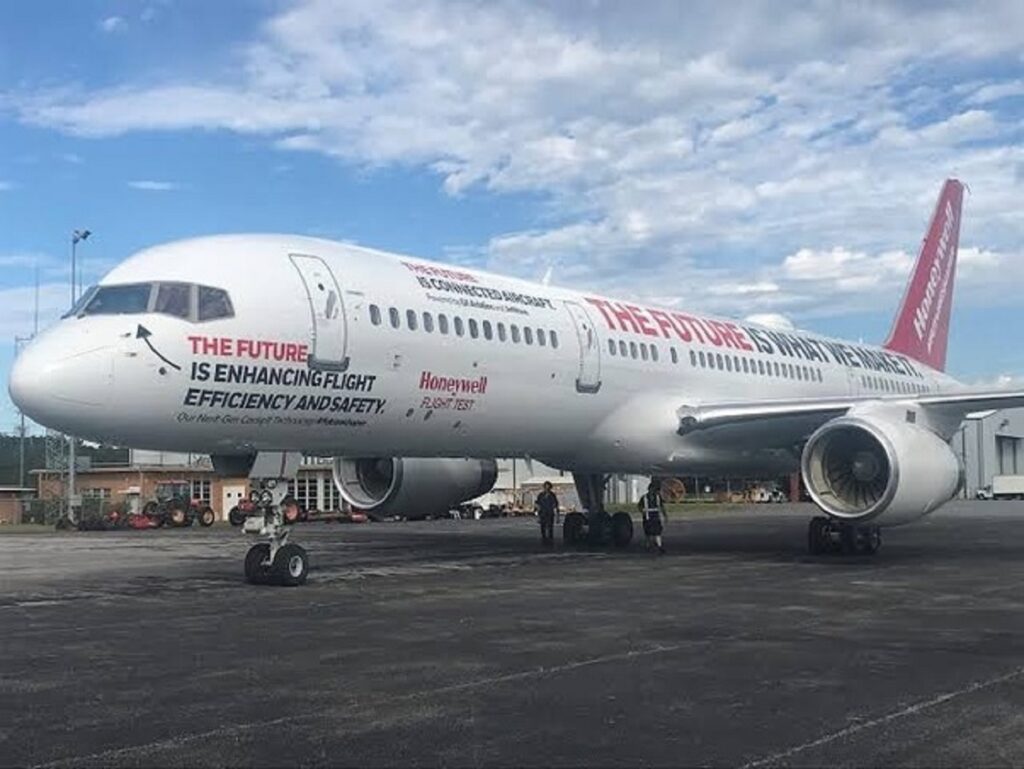The Boeing 757 is often referred to as the “last of the muscle jets” due to its unique characteristics and position in aviation history. Here are a few reasons why this term is associated with the Boeing 757:
Size and Performance: The 757 was designed to be a medium-to-long-range, narrow-body aircraft with impressive performance capabilities. It had a muscular and sleek appearance, reflecting its powerful engines and ability to fly long distances at high speeds. The 757’s size, range, and speed contributed to its reputation as a robust and capable aircraft.
Versatility: The 757 was a versatile aircraft, suitable for both domestic and international routes. It had the ability to operate from shorter runways, allowing airlines to serve airports with more limited infrastructure. This versatility made it a reliable workhorse for airlines, further solidifying its reputation as a muscular and adaptable jet.
Unique Market Position: The 757 occupied a specific market niche that made it distinct from other aircraft. It was larger and had greater range capabilities than its predecessor, the Boeing 727, but was smaller than wide-body aircraft like the Boeing 767. This niche position, combined with its performance characteristics, gave the 757 a reputation as a powerful and capable aircraft, earning it the “muscle jet” moniker.
Longevity: The Boeing 757 had a relatively long production span, with the first aircraft entering service in 1983 and the final one delivered in 2004. Its longevity in the industry allowed it to maintain its reputation as one of the last aircraft of its kind, built with the characteristics and design principles of the earlier “muscle jets” era.
It’s worth noting that the term “muscle jet” is not an official industry term but rather a colloquial description used by aviation enthusiasts and industry observers to highlight the unique qualities of the Boeing 757.
Author – Abraham Adebisi






